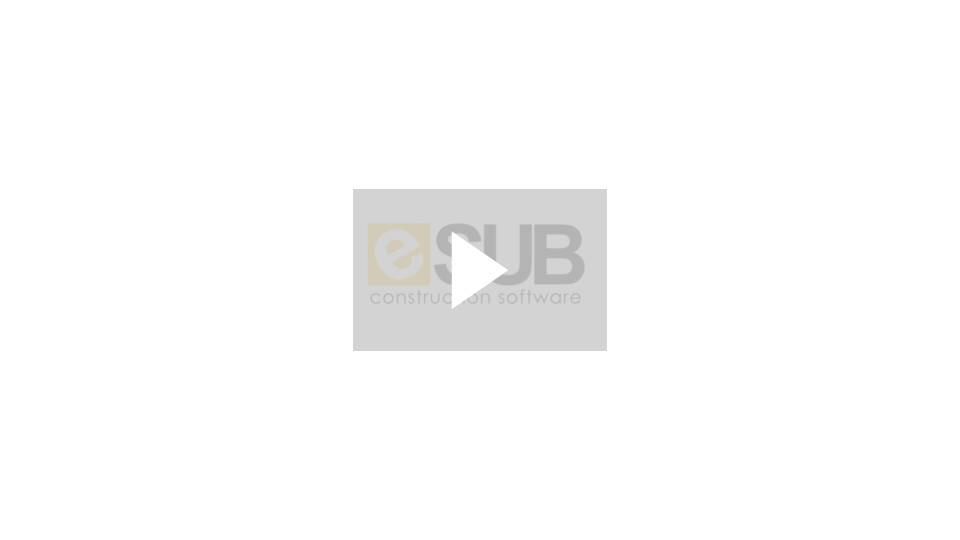
Reducing Insurance Costs though Documentation and Data Management
Operating any business, especially a construction business, requires the company to purchase insurance as a form of protection. The costs of insurance can be substantial to ensure the company is adequately covered and protected. Insurance costs tend to increase depending on the level of risk of the company. Besides shopping for competitive insurance policies, are you doing everything you can to lower your risk and your costs?
With the adoption of technology in construction, contractors track so much activity, capture critical data, and maintain thorough documentation. Many construction project management software platforms capture this data to streamline operations and track projects. But let’s dive deeper. This blog will show how you can leverage your operations platform to maintain compliance and reduce your insurance costs.
Time and Wage Compliance
Wage and hour claims are one of the most common types of lawsuits under employment law. These claims arise over disputes on non-payment or underpayment of work due to failure to track overtime, breaks, or time discrepancies.
Paper timecards make capturing any discrepancies very difficult and time-intensive. Some trade contractors have transitioned to time tracking mobile apps that can capture break times and flag overtime occurrences. However, it is essential for employers to obtain the acknowledgment for time and wage compliance.
Integrating acknowledgments to the timecard mobile app workflow captures the compliance data in real-time and saves it as a digital record. Timestamps and centralized cloud-based record-keeping strengthens time and wage compliance over manual paper processes.
Above all, it is important that your systems are flexible enough to accommodate changing requirements. Many systems enable custom statements that administrators can change as needed.
Safety Program Management
According to OSHA, 20% of workplace fatalities occur in construction and 10% of construction workers are injured every year. These are staggering numbers, which is why many laws make safety programs required and enforced at many job sites. To ensure compliance with your safety program, field supervisors should track safety training meetings and toolbox talks. Documenting the topic, the date, the names of the workers in attendance is a recommended best practice. This ensures compliance with any project-specific safety programs instilled by the owner or general contractor.

In addition to documenting toolbox talks, a recommended best practice is for the Field Supervisor to note any safety observations daily. A photo can record the issue quickly with a date and timestamp or comments can be captured in the daily report. Most importantly, this daily habit instills the importance of keeping a close eye out on potential safety risks and being diligent in the prevention and documentation of accidents.
Injury Tracking
Consistent with documenting safety observations daily, any injuries should be documented. Many employee time tracking solutions require employees to answer if they were injured on the job site to clock out for the day.


To clarify, the injury punch-out notification does not replace the formal injury documentation that needs to be completed. The notification only serves as an alert that an injury has been noted and to spur any additional follow up action. For example, completing formal documentation for HR and insurance tracking purposes.
Another benefit of tracking all injuries helps to understand trends. Common injuries could then require the need for additional safety training. This documentation strengthens your safety program, which can reduce worker’s comp and general liability premiums.
COVID-19 Control and Prevention
In the current era of COVID-19, many customers and job sites require additional safety precautions. Documentation is needed to ensure compliance. Documentation of COVID-19 safety and sanitation training. Additionally, field supervisors must document pre-screening health questions and all crew members on the job site daily for contract tracing. Similarly, there may be the need to document sanitation procedures to ensure compliance with the new sanitation standards by project owners or general contractors.

VIDEO: Documenting COVID-19 Compliance
Unfortunately, many trade contractors are tracking the above items using manual processes either on paper or electronically. Showing your insurance company the depth and value of your compliance data to justify reducing your insurance premiums would be a time-intensive and difficult process. Cloud-based construction management software allows contractors to centralize their data and documentation and easily share it with their insurance company.






